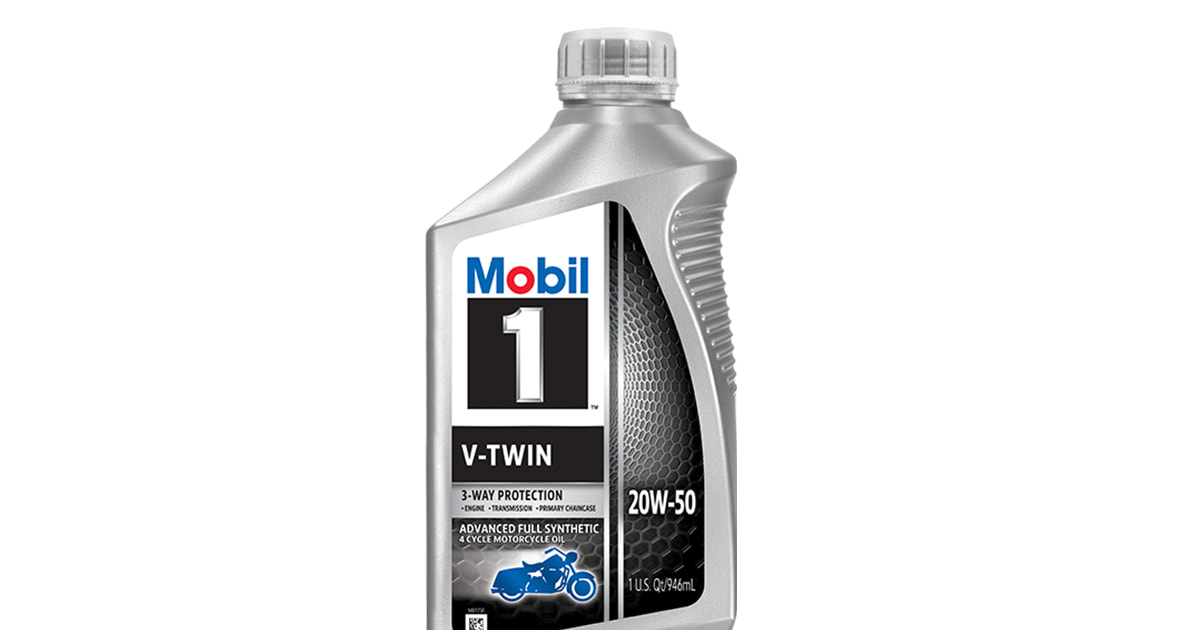BMW is on record as specifying 1200ppm zinc being required for the first oil heads and the BMW branded oil was made by Spectro for over 30 years- I am told- with the requirements in place. I can find oils with much higher levels Mobile 1 V-Twin/Amsoil V-Twin and various racing formulations and oils with much lower levels; nearly all others.
One full synthetic, Mobil 1 15-50 and 20-50 seems to hit the zinc numbers nearly right on but I am hesitant to give it a try until I get info.
I can purchase Spectro which continues to offer two products which are still 'exactly the same' as the BMW specs either in Golden semi or Platinum 15/20-50 but 'good' pricing is either $15.00 for the blend or $20.00 for the full syn. This translates into a wallet busting diy change just slightly north of a c note, which is a bit hard for me to take and of course I wish to get the price down as much as possible depending on the risk, if any.
A tech service rep of a very popular brand stated that the improvements in additives since '95 have rendered the need for any required zinc levels moot.....
Thoughts/advice much appreciated.
One full synthetic, Mobil 1 15-50 and 20-50 seems to hit the zinc numbers nearly right on but I am hesitant to give it a try until I get info.
I can purchase Spectro which continues to offer two products which are still 'exactly the same' as the BMW specs either in Golden semi or Platinum 15/20-50 but 'good' pricing is either $15.00 for the blend or $20.00 for the full syn. This translates into a wallet busting diy change just slightly north of a c note, which is a bit hard for me to take and of course I wish to get the price down as much as possible depending on the risk, if any.
A tech service rep of a very popular brand stated that the improvements in additives since '95 have rendered the need for any required zinc levels moot.....
Thoughts/advice much appreciated.

